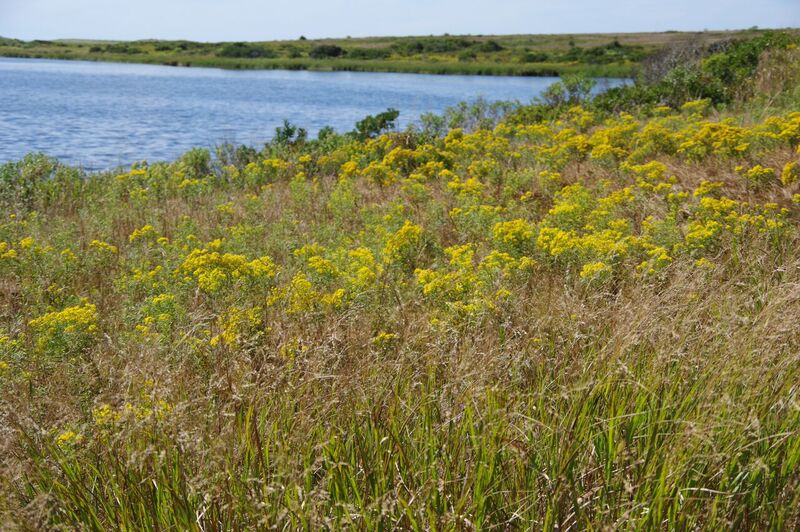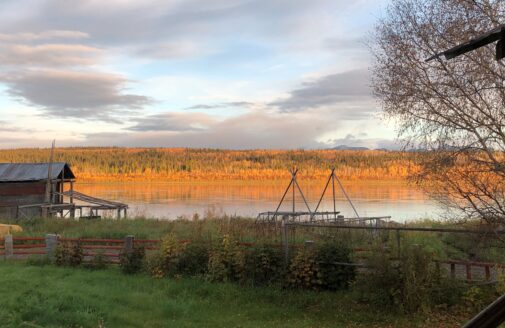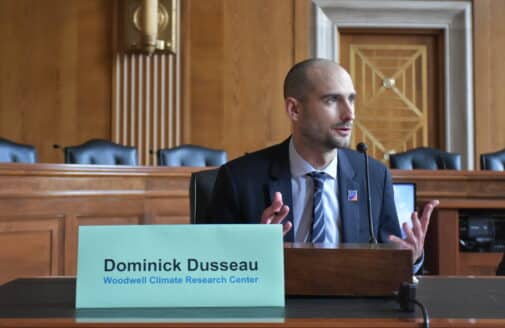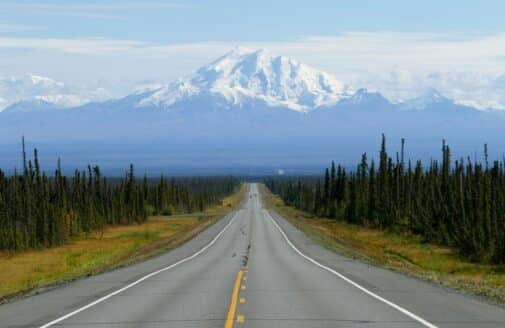New website highlights best science to conserve threatened sandplain grasslands

Aiming to help local land managers conserve a key habitat for rare birds, insects and wildlife, the Woodwell Climate Research Center (formerly Woods Hole Research Center) is launching SandplainGrassland.net to improve understanding of the best, scientifically-proven management practices of this globally rare habitat. Found only in the northeastern United States from Maine to Long Island, sandplain grasslands are threatened by development, the regrowth of woody vegetation and our warming climate.
Sandplain grasslands are important hotspots for native plant and animal species biodiversity, home to more than 20 plant species that are listed as endangered, threatened, of special concern, or exist on state watch lists because they may become threatened. Sandplain grasslands support a range of birds that are uncommon or declining in the northeast, such as American kestrels, northern harriers, short-eared owls and barn owls, savanna sparrows, eastern meadowlarks.
The Sandplain Grasslands Network is a regional partnership among scientists and land managers to encourage more effective management, working to highlight management successes, lessons learned from past efforts, and recommendations for better managing grasslands in the future. To build SandplainGrassland.net, Woodwell Climate worked with Network members to assemble information from scientific reports and interviewed more than 40 researchers and managers who have decades of hands-on experiences managing this habitat. The new website also describes new challenges that arise from climate change, rising sea levels, higher deer populations, and more intensive human use of surrounding coastal grasslands.
“For the first time, we compiled the experiences of grassland managers and researchers in one place,” said Woodwell Senior Scientist Christopher Neill, who generated original idea for the Network. “This aims to help conservation groups sustain grasslands and their marvelous variety of unique plants and animals. More mowing and regular prescribed fires, especially in summer, are among the ways smart management can preserve existing open grassland and reduce the encroachment of shrubs and trees.”
Neill and The Nature Conservancy’s Karen Lombard led the development of the Network and website in partnership with a Coordinating Committee that included members from the Central Pine Barrens Joint Planning and Policy Commission, Linda Loring Nature Foundation, Nantucket Conservation Foundation, the Massachusetts Natural Heritage & Endangered Species Program, and The Trustees of Reservations.







